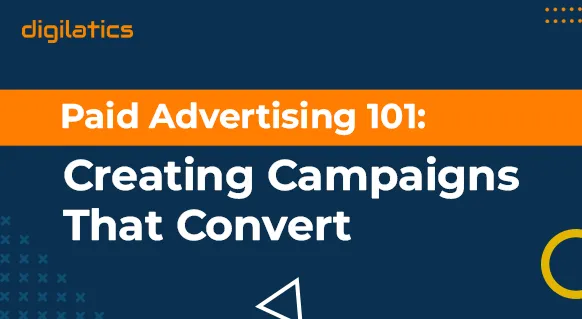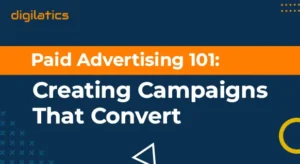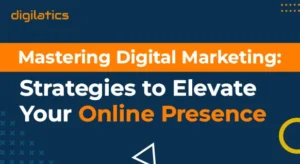Paid advertising is a cornerstone of digital marketing. Whether you’re a new business aiming for visibility or an established brand looking to scale up, paid advertising can deliver fast and desirable results. Creative ads that turn visitors into clients demand meticulous strategies coupled with a thorough understanding of the audience base and continuous improvement.
In this comprehensive guide, we’ll dive into the essentials of paid advertising, including audience understanding, measuring your ad performance, selecting the right platform, and optimizing your campaigns. So, let’s start.
What Is Paid Advertising?
Paid advertising refers to any form of marketing where a business pays a platform to display its ads to a targeted audience. A company can conduct paid advertising through various channels, including search engine advertisements, social media advertisements on Facebook and Instagram, direct emails, and influencer marketing programs. Whereas organic methods take time to show results, paid advertisements often produce immediate and measurable results.
When Should You Use Paid Advertising?
There’s a time and place for everything, and paid advertising is no different. When should you choose it? Let’s find out.
- A newly released product or service requires paid advertising as it quickly captures the audience’s attention.
- You use paid advertising campaigns to access high-quality visitors that will convert.
- It allows you to reach large, targeted audiences.
- It ensures that your time-dependent promotional events (including holiday promotions and limited-time deals) generate quick customer responses.
- If you’re aiming to reach a particular demographic or behavior group, paid advertising allows you to be highly specific with your targeting.
Understanding Your Audience
To create successful paid advertising campaigns, understanding your audience is crucial. The real objective goes beyond achieving multiple clicks because you need to target the correct audience. Audience understanding can be broken down into two main categories: demographics and psychographics.
Demographics: Who Are They
The basic characteristics that define your audience group can be found within demographics.
- Age: Your target population is Gen Z, millennials, or senior citizens.
- Gender: Are you selling a gender-specific product or service?
- Location: Are you targeting a local, regional, national, or global audience?
- Income: Which income level is your ideal customer likely to be in?
- Occupation: Your target audience comprises students, professionals, or homemakers.
Psychographics: What Drives Them
It explores the emotional and behavioral aspects of your audience.
- Lifestyles: Their values and interests.
- Spending Habits: Are they impulsive buyers, or do they take time to buy?
- Pain Points: Does your product resolve its specific problems, and how?
By understanding both the demographics and psychographics of your audience, you can tailor your advertising campaign to better resonate with them, leading to higher engagement and conversions.
Types Of Paid Advertising
Paid advertising comes in various forms. The basic types of paid advertisements include:
Search Engine Ads (Pay-Per-Click PPC) model
Google Ads is the most popular paid advertising platform for search engine ads. You pay the advertising platform when customers click on your advertisement. The traffic generated through these ads depends on user keywords. Users see your advertisement when they type words or terms related to your business, product, or service. If you are a laptop seller, the search query “best laptop deals” may make your laptop advertisement appear among the top SERPs (search engine results pages).
Social Media Ads
Facebook, Instagram, LinkedIn, and Twitter provide sophisticated targeting features for paid advertisement campaigns. You can reach your targeted audiences based on their personality traits, geographic location, and search history. For example, a shoe retailer’s ad may be shown to users who showed interest in athletic footwear recently.
Email Marketing
Email marketing generally focuses on newsletter advertisements or email list management tools to reach your target audience. Businesses achieve excellent returns by delivering customized marketing offers to audience segments that previously expressed interest in their brand.
Native Advertising
Native advertisements blend with the content that surrounds them. For instance, a website-sponsored post adopts the site’s visual elements to minimize disruptions for readers. People appreciate the subtlety of these ads because they take care of user comfort, boosting conversion rates.
Google Shopping Ads
Perfect for e-commerce businesses, they exhibit images, prices, and the store name inside search results. They show up directly in search results for users searching for similar products, providing better visibility and helping customers make a comparison and a better buying decision.
Display Ads
Ads featured on third-party websites in the form of banners, sidebars, and pop-ups are called display ads. They provide brand recognition to audiences and can be especially targeted to those who have previously interacted with your website.
Video Ads
Video ads are impactful visual communication tools on platforms like YouTube and TikTok. You can incorporate storytelling elements in your advertisement to showcase your products in a compelling way. Viewers find video ads more interesting than images or text.
Influencer Marketing
Influencer marketing is one of the fastest-growing forms of paid advertising. Brands secure better results when they collaborate with influencers who maintain a substantial follower base on social media. They have gained their audience’s trust, and advertisers cash in on it. Influencers can effectively market products on their social media accounts and promote your brand or products.
Which Medium to Choose for Paid Advertising
When deciding on a medium for your paid advertising campaigns, it’s essential to align the platform with your goals, budget, and target audience. Your chosen medium offers specific advantages and unique challenges. We now look at their strengths and weaknesses and what they are best suited for:
Medium |
Pros |
Cons |
Best For |
|---|---|---|---|
|
Google Ads (Search) |
Highly targeted, measurable ROI, works for various industries |
Can be competitive and expensive for high-demand keywords |
Local businesses, e-commerce, lead generation |
|
Social Media Ads |
Targeting based on interests and behavior, great for visual brands |
Can be costly for highly competitive industries, ad fatigue |
Brand awareness, e-commerce, engagement |
|
Email Marketing |
High ROI, personalized messaging, direct communication |
Requires strong email list, can be intrusive if overdone |
Nurturing leads, retaining customers |
|
Native Advertising |
Blends with content, less intrusive, better engagement |
Harder to track and measure performance, requires good content |
Content-driven campaigns, branded storytelling |
|
Google Shopping Ads |
Direct product visibility, high intent from shoppers |
Only for e-commerce, requires a well-optimized product feed |
E-commerce businesses with physical products |
|
Display Ads |
Broad reach, cost-effective for awareness |
Can be ignored (banner blindness), low conversion rates |
Awareness campaigns, remarketing |
|
Influencer Marketing |
Authentic promotion, high engagement rates, builds trust |
Can be expensive, hard to track ROI |
Fashion, beauty, lifestyle brands |
|
Video Ads |
Highly engaging, great storytelling, high conversion potential |
Production costs can be high, ad fatigue can set in quickly |
Brand storytelling, product launches |
Best Practices For Creating High-Converting Paid Advertisements
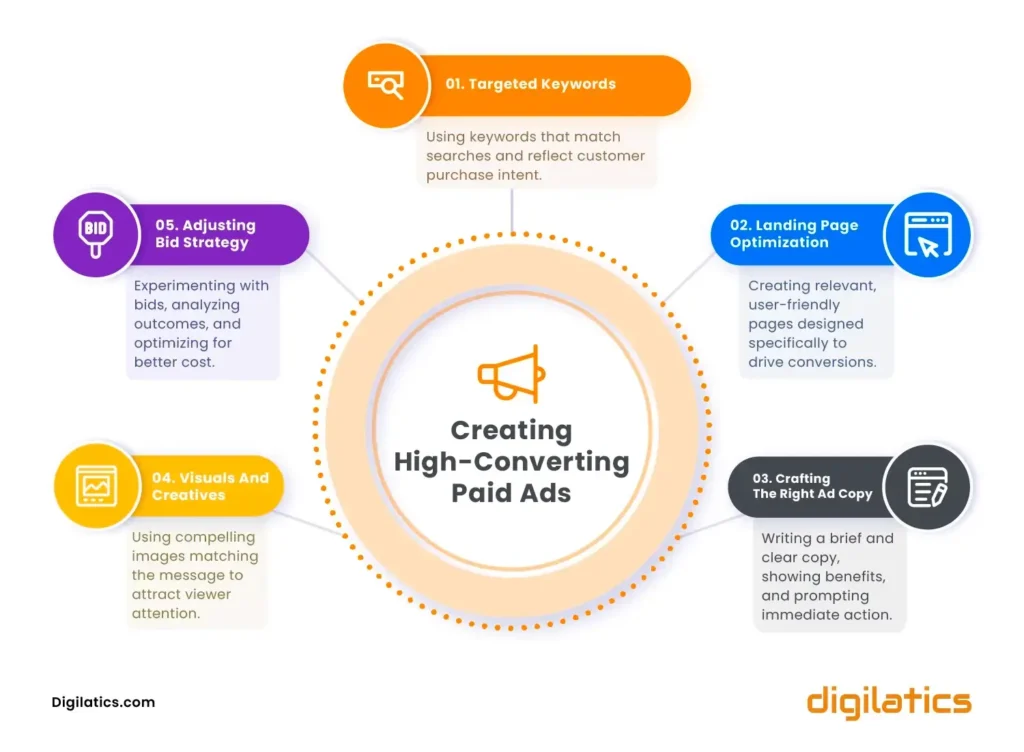
Businesses need to develop high-converting paid advertisement campaigns that drive maximum returns. Let’s look at how you can achieve that goal.
Targeted Keywords
Your keywords should match the customer’s intent. Your ads will achieve higher relevance by using specific keywords that match precise search queries.
Landing Page Optimization
Users should find a relevant, user-friendly landing page after clicking on your advertisement.
It should be optimized for conversions. Your landing page’s speed, design, and clarity determine how many users leave immediately after arriving and how many actually perform the action you desire.
Crafting The Right Ad Copy
Your written content should clearly present the benefits that customers can receive from your items. Emphasize how it can resolve their pain points. Present your ad copy in a short yet effective way that leads users toward action through an obvious Call to Action (CTA).
Visuals And Creatives
Your advertisement requires attention-grabbing creative elements such as gripping visuals and graphics that should relate to your campaign message. The use of a captivating image drives substantial viewer engagement.
Adjusting Bid Strategy
Test various bidding strategies, such as CPC (cost-per-click) and CPM (cost-per-impression), to find optimal performance. Then, analyze the results to improve performance and keep the cost under control.
How To Measure The Performance Of Paid Advertising
To know if your paid advertising campaigns are working, you need to track and measure key performance indicators (KPIs). Several vital performance indicators can be used to determine advertising campaign results. Some of the common metrics include the following.
Click-Through Rate (CTR)
Your click-through rate shows the percentage of viewers who tap your advertisement after seeing it.
Why It Matters: A high CTR indicates that your advertisements effectively connect with your target audience.
Conversion Rate
The conversion rate demonstrates the percentage of viewers performing your desired action, such as buying products or subscribing to your newsletter.
Why It Matters: It shows that your ad is not just driving traffic but is actually showing results.
Cost Per Acquisition (CPA)
The price you pay to acquire a single customer.
Why It Matters: Lower CPA means you are getting customers at an economical price.
Return On Ad Spend (ROAS)
It measures the revenue you generate against the total cost of your paid advertisements.
Why It Matters: ROAS is a vital KPI to determine the profitability of your campaigns.
Impressions And Reach
Impressions mean how many times your ad appears on other people’s feeds, and reach refers to the number of unique users who have seen it.
Why It Matters: The data provides valuable information about brand perception, though it does not specifically affect customer conversion rates.
Cost And Budgeting For Paid Advertising
Paid advertising budgets can vary depending on the platform, competition, and your goals. Successful budget management requires you to follow these steps:
- You should define what you want to achieve from paid advertising campaigns because you can target awareness, conversions, or generate leads.
- Select your advertising bidding system from CPC, CPM, or CPA only when the model fits your marketing objectives.
- Run small testing campaigns before scaling up. It will help you identify successful strategies, save you money, and boost efficiency.
Examples: Prominent Brands Using Paid Ads
Many globally recognized bands leverage paid advertising. Here’s a brief look at some of those brands.

Nike frequently partners with athletes and sportspeople to create impactful and memorable advertising campaigns. It uses paid search ads to aggressively promote its sneakers, sports gear, and apparel.

Known for its “Real Beauty” campaign, this beauty soap has been using paid advertising to stay relevant in the fierce competition.

Coca-Cola has created many successful and memorable paid campaigns with famous entertainment and sports celebrities. It often targets special events and holidays in its campaigns.

The number one audio streaming platform regularly uses paid ad campaigns to target existing and new audiences. It uses personalization and catchy slogans to attract attention.
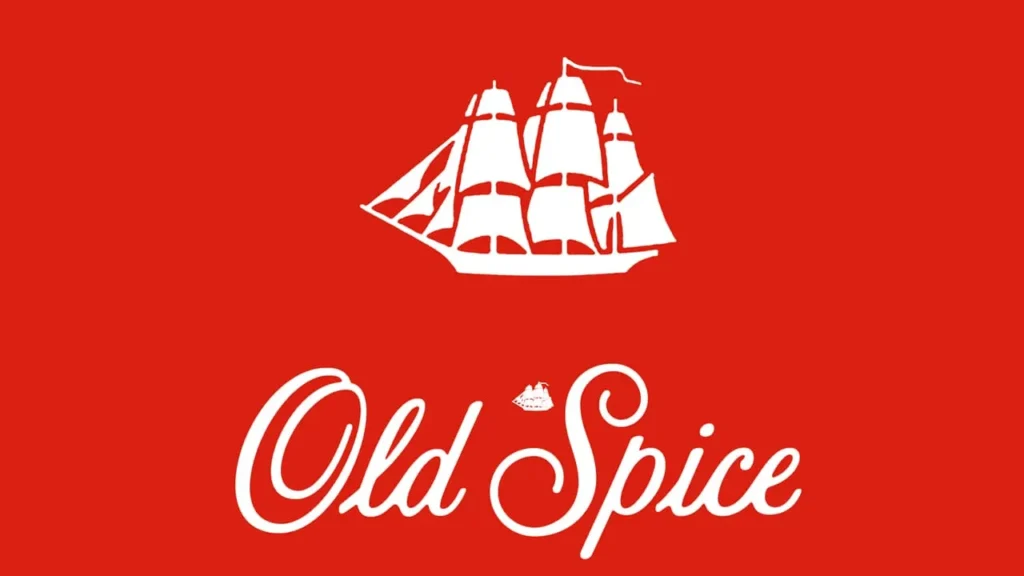
Known for its data-driven approach to advertising, it targets various demographics for its different products.

Apple also paid for advertisements to further its products and services. It focuses on technological innovation and the unique user experience it promises.
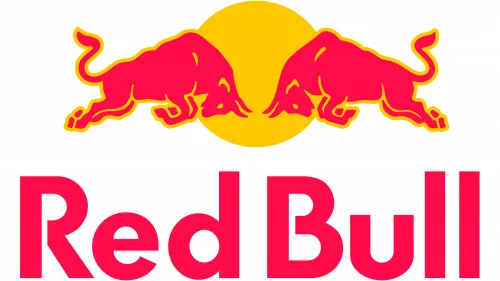
Red Bull is famous for the unique creative ideas in its ads. It usually targets a young, outgoing, and active audience.
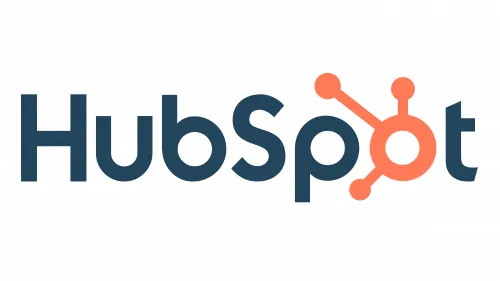
It uses paid advertising to promote its marketing and sales software.
Conclusion: Let’s Craft Campaigns That Convert
Paid advertising offers tremendous opportunities for businesses to grow quickly and efficiently. Your ads will produce concrete results when you identify and understand your audience, choose the appropriate platform, and analyze the campaign before optimizing it.
Ready to launch your paid advertising campaigns? Let’s chat! Digilatics develops paid advertising strategies that produce high conversion rates.

